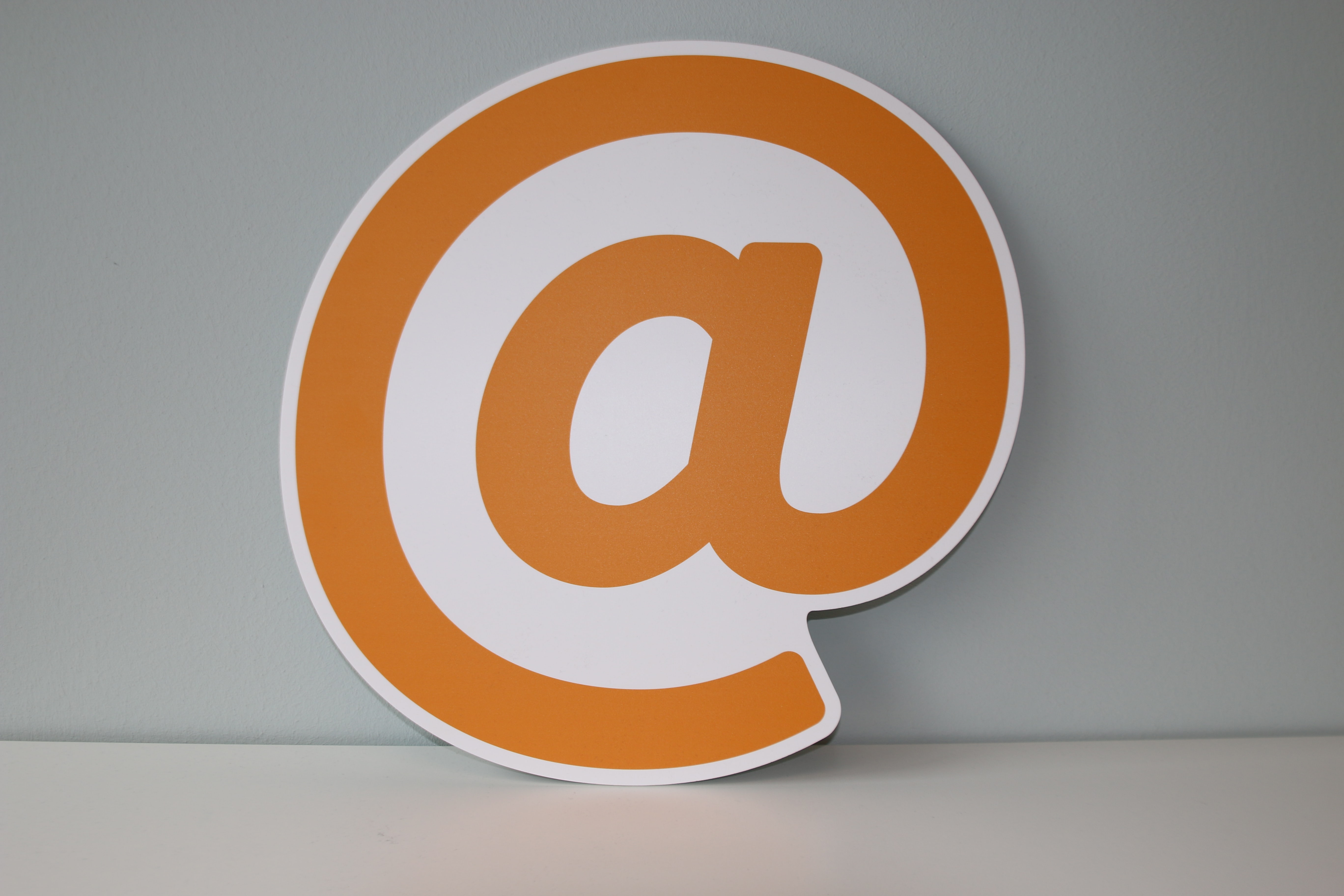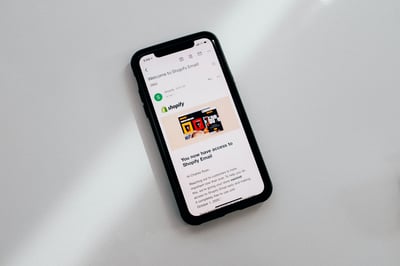
Email marketing is a big piece of your content strategy because it's one of the most direct channels for communicating with your prospects and clients. When doing your email sends, there are several key areas that can make or break engagement and conversion. Paying close attention to these areas will help you take full advantage of every opportunity to reach leads and convert them into customers.
Below, we discuss the 5 key areas where improvements will have the greatest impact:
1. Choose the right email marketing platform
The first step in improving your emails is to choose the platform you're going to use for your send outs. This is very important since each platform has different advantages and disadvantages.
The 3 best tools for your email campaigns are:
- HubSpot: HubSpot is the most complete platform to unite email with your overall Marketing strategy. It has an excellent CRM, templates for emails, personalization, dynamic lists and best of all, automation to keep everything running even when you're not around.
- Pardot: This Salesforce platform has some of the same functionalities as HubSpot, but with several big hitches. Despite the platform being somewhat easier for the development and construction of emails, Pardot is much more technical than HubSpot (you must know how to work with code).
- Mailchimp:Finally, Mailchimp is the most basic of the three platforms and the easiest to use if you are a novice. It allows you to design templates and upload lists with ease.
2. Segment leads and personalize content
 Good communication and conversion hinge on knowing exactly who you're communicating with. To excel at this, you need to have a good database that, in addition to being organized by Buyer Personas, is also segmented according to the stage of the Buyer's Journey. With well-defined Buyer Personas, you can customize both content and messages based on their interests,motivations, problems, etc. Map out all your Personas and their unique journey, consistently create content, and fill any content gaps.
Good communication and conversion hinge on knowing exactly who you're communicating with. To excel at this, you need to have a good database that, in addition to being organized by Buyer Personas, is also segmented according to the stage of the Buyer's Journey. With well-defined Buyer Personas, you can customize both content and messages based on their interests,motivations, problems, etc. Map out all your Personas and their unique journey, consistently create content, and fill any content gaps.
Another thing you should always keep in mind when segmenting is the GDPR law for email. According to new EU regulations, you must obtain the explicit consent of your contacts. One tip is to segment your contacts and lists in relation to the type of subscription they have agreed to, so as not to send anything to the wrong person. Double check that you are not violating GDPR regulations, as it could have negative consequences for your business.
3. Define your lifecycle stages
The lifecycle starts when a potential prospect visits one of your web pages (here they might be labeled a prospect), follows them through the pieces of content they consume and the actions they take (now, they're a lead), and continues all the way until the sale is made and beyond (now, they're a customer!) This is often called the Buyer's Journey. During this journey, you have to consider when the contact is entering the different stages so that you can generate content according to their needs. Let's see an example:
When a prospect leaves their personal details on one of your landing pages or forms, they become a lead and this is where email nurturingbegins:
- For a lead that is in the discovery stage, you should welcome them and suggest other similar content so they can investigate their interests.
- For a lead in the consideration stage, a good idea is to send them more commercial content that is related to your company's products or services.
- For a lead in the decision stage, you must give something to finalize the sale, such as an opportunity for a product demo or a meeting with a sales rep.
The lifecycle stages of your prospects are important for understanding their buying process, nurturing them correctly, and turning them into customers.

4. Pay attention to your message and design
As for the email itself, there are several best practices that you can follow:
- Subject Line: The subject line needs to be short and catchy enough to convince someone to open your email. In this post, we show you the keys for writing clickable subject lines.
- Header: Once you get a lead to open the email, the next thing that will grab their attention is the visuals. A good tactic is to have an attractive header image with a short title that summarizes the intention of the email.
- Logo: The company logo should appear in the top corner and company branding should be seen throughout.
- Message: The text must be concise, with a clear intention from the very start. The purpose of any email is to get the recipient to carry out an action, whether it be visiting your blog, registering for an event, or even making a purchase. This is where a Call-to-Action (CTA) comes into play.
- Footer:Don't forget your footer! It must include information about your company and an option to unsubscribe.
If you are looking for more tips for your emails, discover an additional 5 tips to create the perfect email.
5. Involve automation and analysis
To improve your email marketing campaigns, you have to incorporate automation. Conducting one-off email send outs usually means more work and less precision; automation can help you scale your efforts with minimal time and resources.
Incorporate your database into the automation process to update properties and labels according to contacts' activity and behavior. This will allow sales agents to have the most up-to-date information on their leads.
As for analysis, you have to study the data and observe when you get the best Open Rate and Click Rate. If you see that your contacts that are not progressing through the Marketing funnel, study the gaps and update your content offerings. Numbers never lie and with a good platform that includes analysis, you will see how everything steadily improves.
Email Marketing is generally well-liked by followers of a brand, and if you can incorporate these 5 strategies into your content strategy, you will see your numbers grow. At mbudo we can help you with email marketing, lead nurturing, content creation, and more. Discover our services and don't hesitate to contact us.

Kenia Pinela
Kenia is a designer in and out of the office, she simply can't stop being creative! She is passionate about Inbound Marketing philosophy and how to apply it to content creation. Kenia grew up around her grandpa's printing press, so you could say this career through her veins.
It may interest you
LATEST
BLOG POSTS
SUBSCRIBE TO MBUDO BLOG
And get your inbound news directly in
your inbox, once a month.


